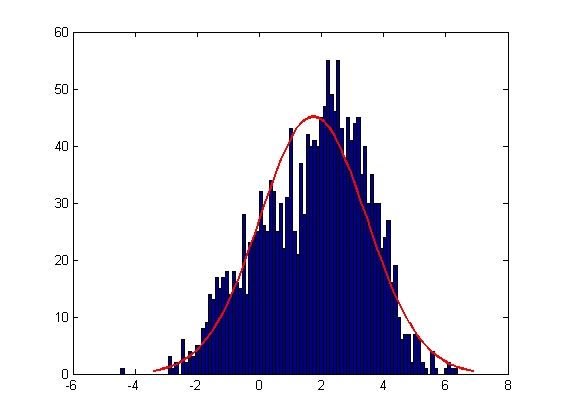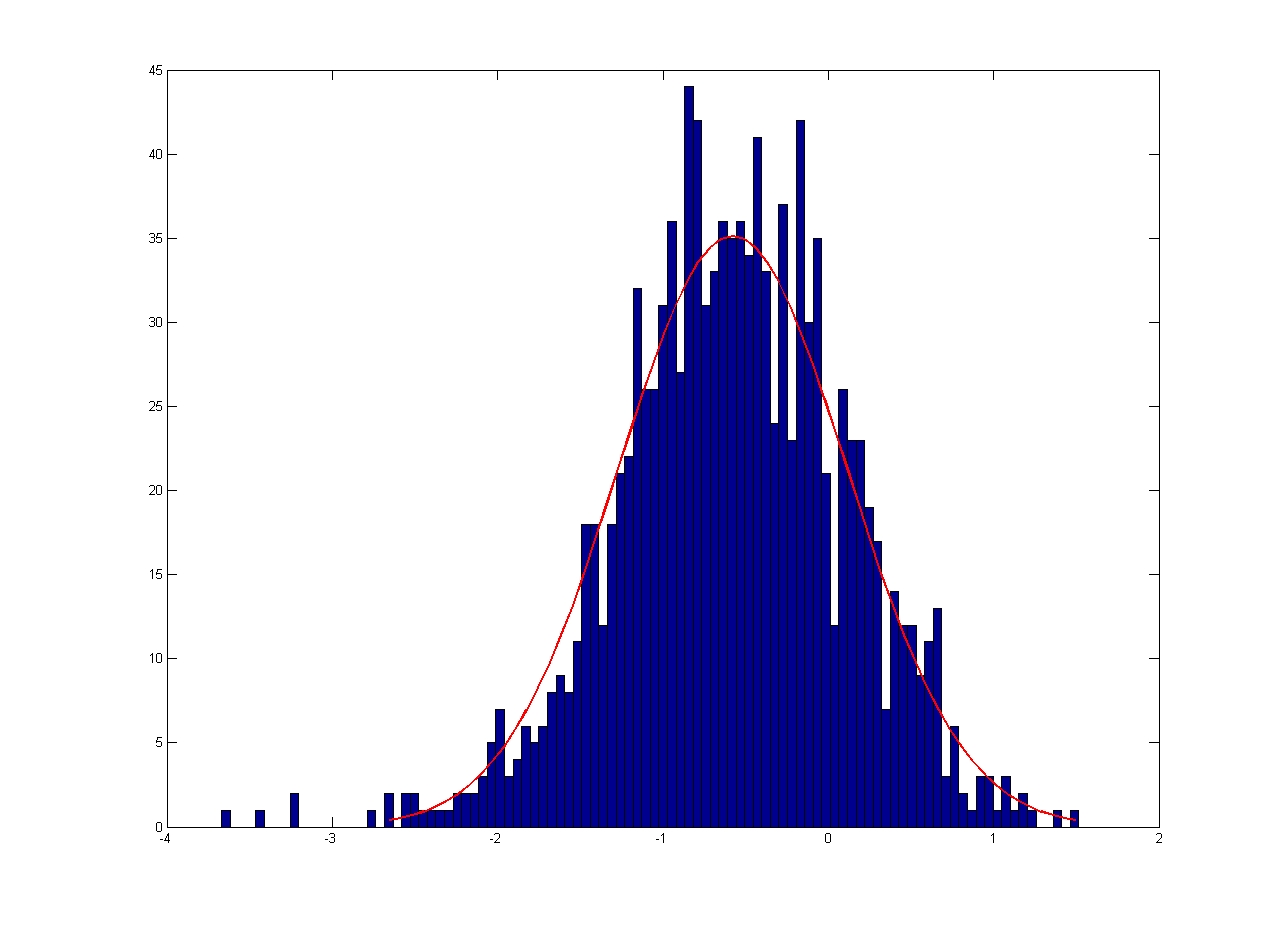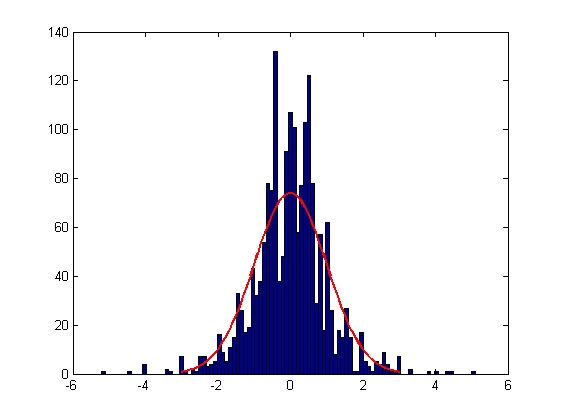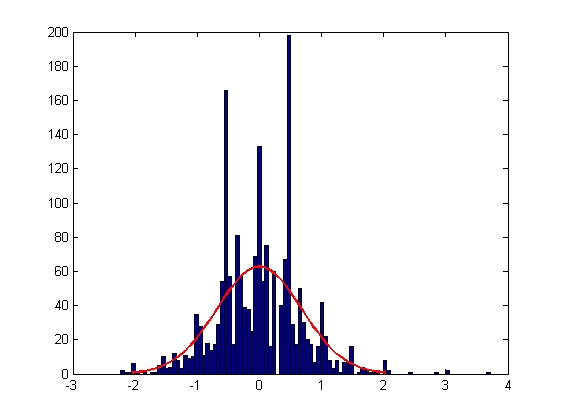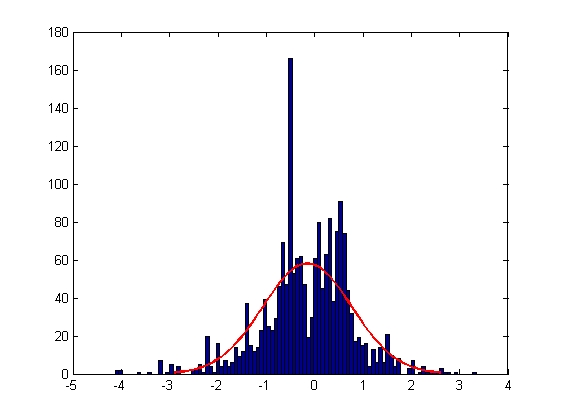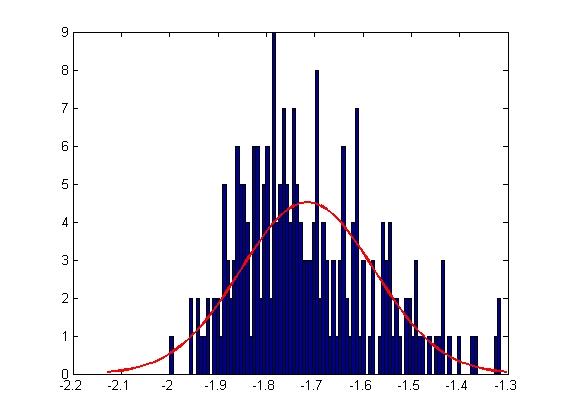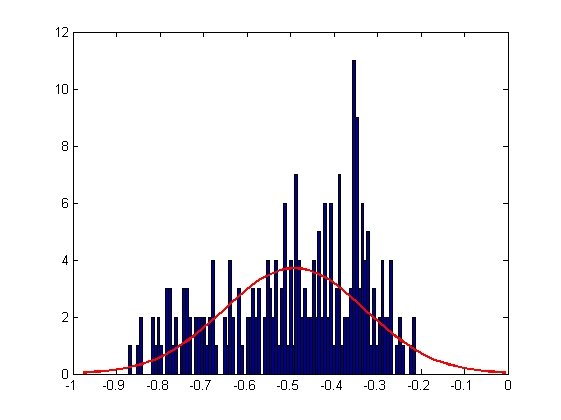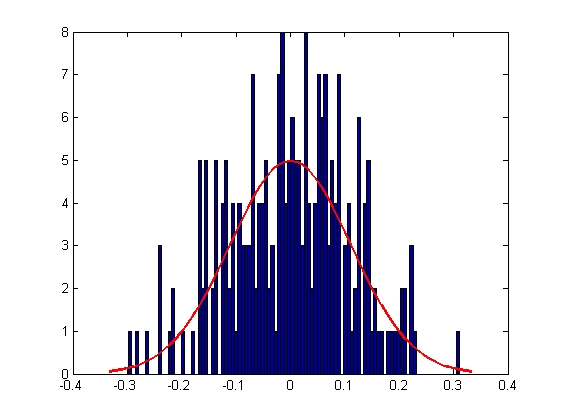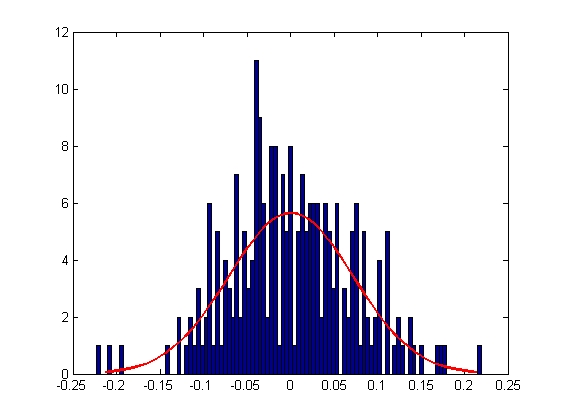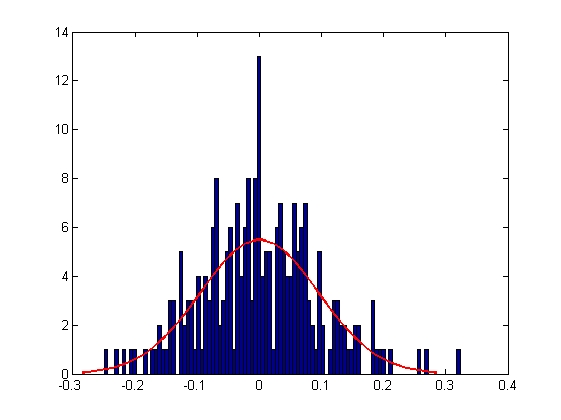Team:Imperial College/Validation
From 2008.igem.org
(Difference between revisions)
m |
m |
||
| Line 92: | Line 92: | ||
{{Pipe}}- | {{Pipe}}- | ||
{{Pipe}}} | {{Pipe}}} | ||
| - | |||
| - | |||
|}} | |}} | ||
{{Imperial/Box1|Evaluation| | {{Imperial/Box1|Evaluation| | ||
| - | |||
{{{Pipe}} border{{Equals}}"1px" cellpadding{{Equals}}"5" cellspacing{{Equals}}"0" align{{Equals}}"center" style{{Equals}}"background-color:transparent;color:#2B48B3;" | {{{Pipe}} border{{Equals}}"1px" cellpadding{{Equals}}"5" cellspacing{{Equals}}"0" align{{Equals}}"center" style{{Equals}}"background-color:transparent;color:#2B48B3;" | ||
{{Pipe}}- | {{Pipe}}- | ||
 "
"

